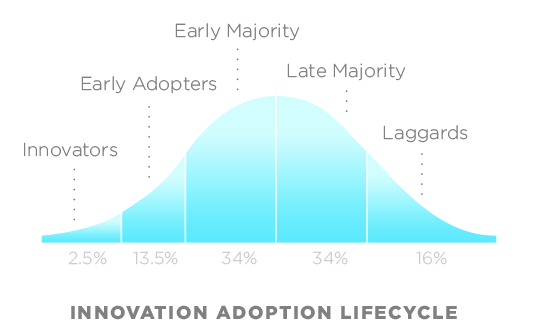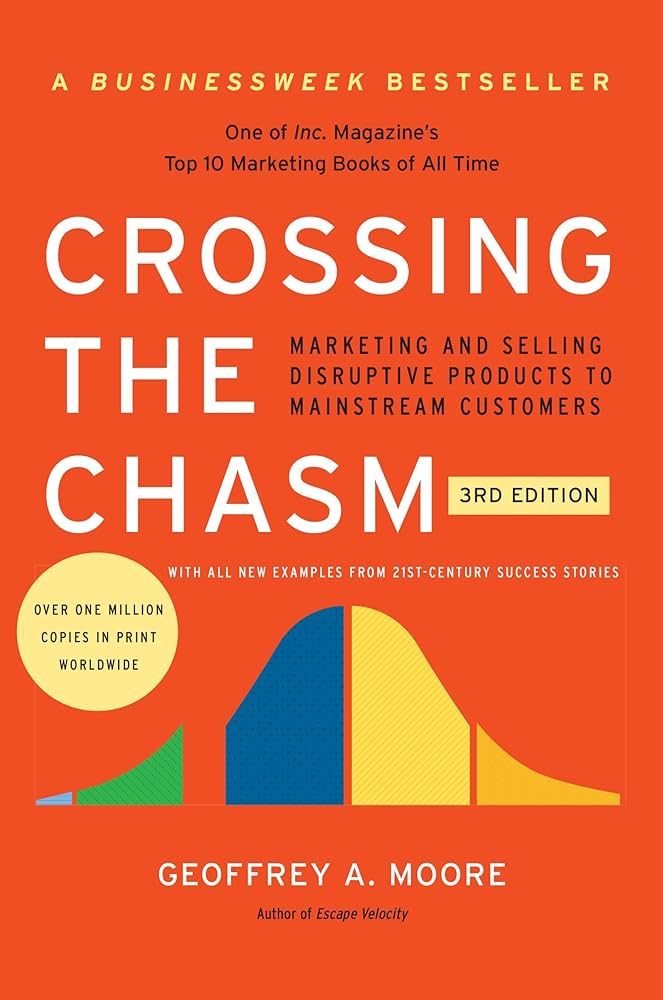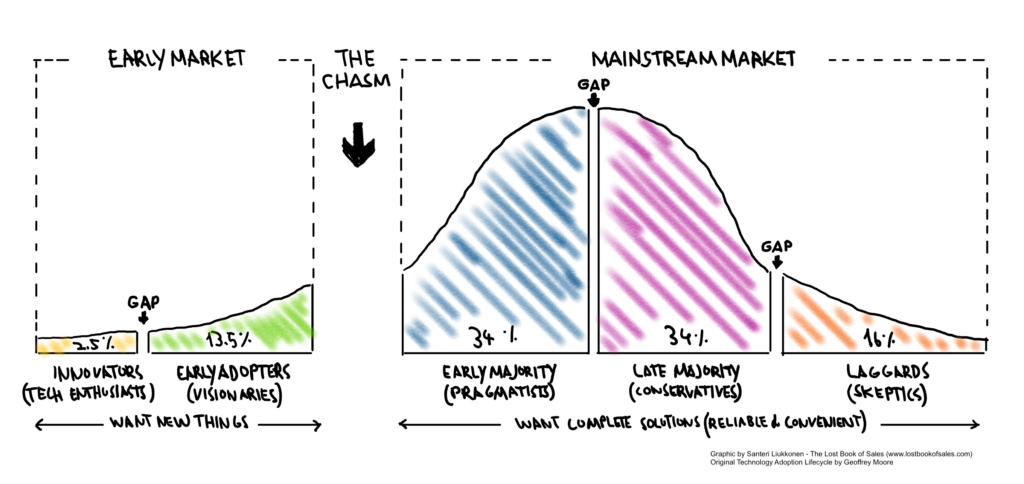The AI revolution is well under way. If it hasn’t already dramatically changed the way you approach your work, how you manage your personal life, or the way in which you communicate, it will likely do so very soon. From AI-powered chatbots and predictive customer service tools to creative image and text generators, artificial intelligence will increasingly be present in our lives and like with most technologies, it will eventually become second nature to us. A recent survey from McKinsey reports that 60% of organizations now use generative AI regularly, double the number from just a year ago.
And while most people are still wrapping their heads around this technological revolution, a new frontier is rapidly emerging as a side effect: physical AI – robots that can walk, talk, and work alongside us in the real world. While industrial robots have become integral to manufacturing and have gained widespread adoption across the world, consumer robotics had been lagging, until now. A recent report from the Financial Times (“Are the robots finally coming?” November 20, 2024) shows how advances in digital AI are accelerating the development of a new generation of consumer robots–like the ones we’ve seen in movies–that live alongside humans and help with various domestic tasks.
An exciting challenge
This will arguably be one of the most exciting and challenging tech products brands will get to market in the coming years. There’s never been anything like it. For one, the potential for robots to physically resemble a human being, and imitate human-like behavior and language, will surely bring forth all sorts of moral and ethical implications. In the movie Her, Theodore can’t help but to develop feelings for Samantha, an AI assistant with a remarkable human voice and personality. It’s no longer a stretch of the imagination to think some users will likely form attachments with their robots. What responsibilities, if any, will the brand bear and how will they manage the emotional and psychological impact of their robots on users?
The ways in which brands decide to drive differentiation for their automatons could also vary widely, opening up a spectrum of creative and strategic possibilities. Each decision–from aesthetics to personality–will shape how consumers perceive and connect with these machines. This might of course be largely determined by their intended use. For example, robots designed for companionship or emotional connection might resemble humans or pets through hyper-realistic designs.
The list of variables to consider is extensive, including but not limited to naming and identity, personality and voice, functional differentiation, ethical and emotional positioning, cultural relevance, and one I find particularly interesting, lore and storytelling: what sort of fictional origins or narratives that give their robots depth will brands conjure?
The need for consumer education will surely result in innovative ways in which brands will teach users how to get the most out of their robot. Automatons could guide users through their features themselves in an interactive step-by-step “tutorial” that adapts in real time to the user’s learning speed. Gamification elements could be integrated, offering some kind of reward for completing tasks or learning new commands such as additional customization options. The goal here would be to make the learning process enjoyable and motivating. These onboarding experiences could be personalized, tailored to individual needs and preferences.
Lastly, consumers will most definitely record and create content with or about their robots and share it with their social networks, including any weird hiccups or failures. This will be social media gold for many. Robots are inherently intriguing and entertaining, which makes them natural subjects for user generated content (UGC)–quite possibly, these videos will often go viral. How will brands adjust for both the threats and opportunities? Robots might also be designed with some kind of built-in feature that allows them to record content directly and then encourage the sharing of such content. Influencers, like Kai Cenat (in the video below), might feature the robots in livestreams, offering millions the opportunity to see these bots in action. What could go wrong?
Feeling overwhelmed yet? The marketing of robots will be no easy feat. And yet, their pervasiveness in our lives feels almost inevitable. Just a few decades ago, personal computers were mysterious machines hiding in office buildings, and smartphones were futuristic gadgets from sci-fi movies. Today, you’re probably reading this on one of those “impossible” devices – right in your own home. Consumer robots might just follow the same path. And when they do, someone will have to market them.
@blakemband His name is Lightning McClean #f1 #charlesleclerc @ferrari ♬ Fórmula 1 – Ráca¿
The technology adoption life cycle
If we had to market a robot today, how should we go about it? I think the technology adoption life cycle is a good framework to start with. A central approach to marketing within the technology sector, this is a framework that explains how new products, especially technologies, are adopted by different groups of people over time. It segments consumers based on their willingness to embrace innovation–there’s the innovators, the early adopters, the early majority, the late majority, and lastly, the laggards.

Just by understanding the different needs and traits of these groups we can already gain a sense of direction. Because consumer robots are at an early stage in the adoption life cycle, we know focusing on innovators and early adopters makes strategic sense. They are risk-takers and enthusiasts, and love being among the first to try new technologies. They are willing to deal with bugs, high costs, and uncertainty, all in the name of novelty and innovation. They see the potential of new technologies to transform their lives. Importantly, they are influential within their social groups, and are often trendsetters (think about the friend you’re most likely to reach out to for recommendations before acquiring new technology.) Communications for these groups might emphasize cutting-edge features, exclusivity, and perhaps aspirational use cases.
Now take a closer look at the graph and you’ll notice some percentages under each group. Those come from the normal distribution curve, also known as bell curve–this is a way of visualizing how certain things are spread out or distributed in a population. It’s called normal because it often shows up in real-life situations like human height, test scores, or in this case, how people adopt new technology. The percentages were first formalized by Everett Rogers in his work Diffusion of Innovations, and even though these are just an approximation, what they show is that innovators and early adopters comprise a really small portion of the population. In other words, to gain mass adoption (or to avoid what Rogers would call a “failed diffusion”), marketers need to get to the early and late majorities. This won’t be easy.

Watch out for the chasm
There is a make-or-break moment in the adoption of any technology. And it’s the moment when a technology is moving from an early market dominated by visionaries to a mainstream market dominated by a pragmatist majority. This stage is so critical in fact, that there is an entire book written about it. In Crossing the Chasm, Moore explains that there is a chasm that exists between the early adopters and the early majority. While early adopters are willing to sacrifice for the advantages that come with being first, the early majority wants to wait until the technology feels ready to offer actual improvements in productivity.

One of the key ideas of the technology adoption life cycle is that technology moves across each segment, from left to right, like the passing of a baton in a carefully coordinated relay race, where each group builds momentum for the next. However, because of their critical differences, early adopters do not make good references for the early majority. And for the early majority, good references are critical to their buying decisions. As you can imagine, and as Moore eloquently puts it, this is a catch-22 situation. There are no suitable references for the early majority. This is where creative solutions will be needed. Failure to cross the chasm will stop a new technology on its tracks. Tread carefully.
Making consumer robots go mainstream
Now that we’ve explored how to approach the marketing of new technology, the next step would be to gain an understanding of the existing cultural and societal perceptions around robots. To cross the chasm, brands will need to develop a deep understanding of how the large majority perceives these innovations—what excites them, what concerns them, and what barriers might stand in the way of adoption. The old adage, “We’ll cross that bridge when we get there,” doesn’t apply here. Brands would be wise to anticipate the challenges of crossing the chasm right from the start. In my research, one country stood out as a fascinating case study in how to embrace and integrate robots into society: Japan. From their cultural narratives to their design philosophies, there’s much we can learn from their approach to robots.
Sushi, sake, and robots
The way Japan thinks about robots is pretty special. This comes from how Japanese culture, society, and love of technology all mix together. Shinto, Japan’s oldest belief system, likely plays a role too. Shinto teaches that spirits (called kami) can live in anything – from trees and mountains to everyday objects like tools. In this context, robots are not perceived as lifeless machines but rather as entities capable of coexistence and companionship. This idea really shows up in everyday life – like when Buddhist priest Bungen Oi held a funeral service for robot dogs at his temple in Nara. “All things have a bit of soul,” he said when interviewed about it.

People often contrast this with Western attitudes, painting a simple picture: Japan loves robots, the West fears them. The evidence? Western movies like Terminator and Ex Machina, where machines turn against humanity. But this story is too simple. Today’s Western audiences have embraced friendly robots like Wall-E, Roz from The Wild Robot, and the huggable Baymax from Big Hero 6. There are real concerns about AI, and with U.S. companies leading its development, these worries often dominate Western media. But fear isn’t the whole story anymore.
What we can learn from Japan’s approach is more practical than cultural. Their success with consumer robots offers clear lessons: First, design for comfort – think of Sony’s Aibo, whose wagging tail and puppy-like movements made its mechanical nature feel approachable. Second, start small – instead of trying to build do-it-all robots, focus on solving one specific need really well, like companion robots for the elderly. Third, tell better stories – Japan shows us how consistently presenting robots as helpers rather than threats shapes public imagination and acceptance.
Different regions will naturally take different paths in robot design, shaped by their markets, challenges, and needs. While Japan may be known for social robots that make us smile, both East and West share the same goal: making robots that truly help people. As these machines enter our everyday lives, the challenge isn’t just making them work well – it’s making them feel like they belong.
Winning people’s trust will be crucial for robots to truly become part of our lives. While concerns about the technology will persist, smart design and thoughtful marketing can help bridge the gap between science fiction and reality. When we get it right, robots won’t just be tools that make our lives easier – they’ll be partners in building a better future for everyone. That’s the story we need to tell.

